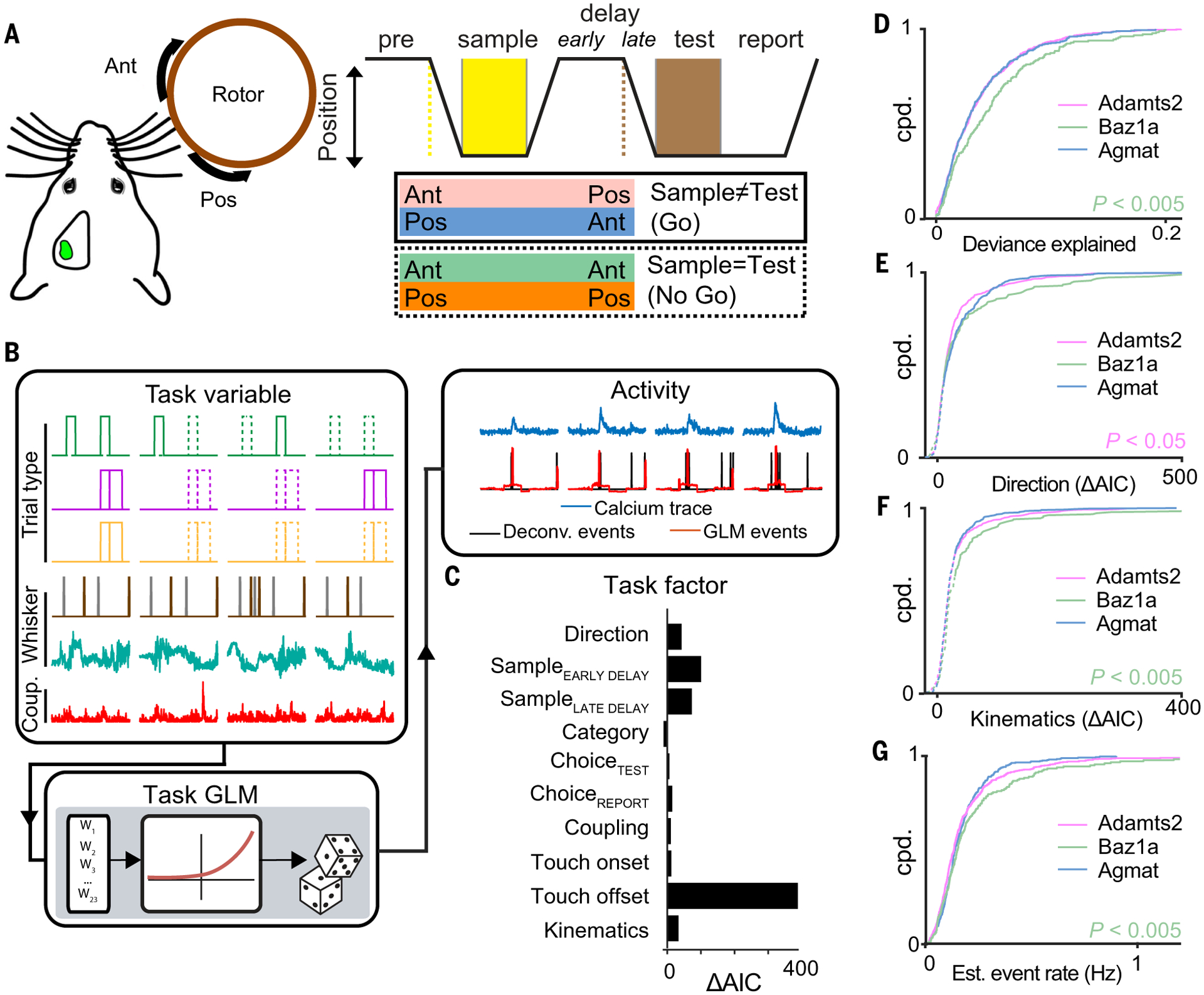Fig. 2. Task encoding across L2/3 excitatory cell types.

(A) Schematic of whisker-based delayed nonmatch to sample behavioral task. (B) Encoding of task-related activity in individual neurons using a GLM. (C) Encoding of task factors determined by comparing full and partial GLM fits (ΔAIC). (D to G) Cumulative probability distributions of (D) full model deviance explained, (E) encoding strength of stimulus direction, (F) encoding strength of whisker kinematics, and (G) estimated event rate across the three excitatory cell types. [(D) to (F)] Mann Whitney U test; (G) one-tailed Student’s t test. In (E) and (F), solid and dotted lines indicate significant (P < 0.01) and nonsignificant encoding strengths, respectively, by means of χ2 test. n = 1107 neurons from seven animals.
